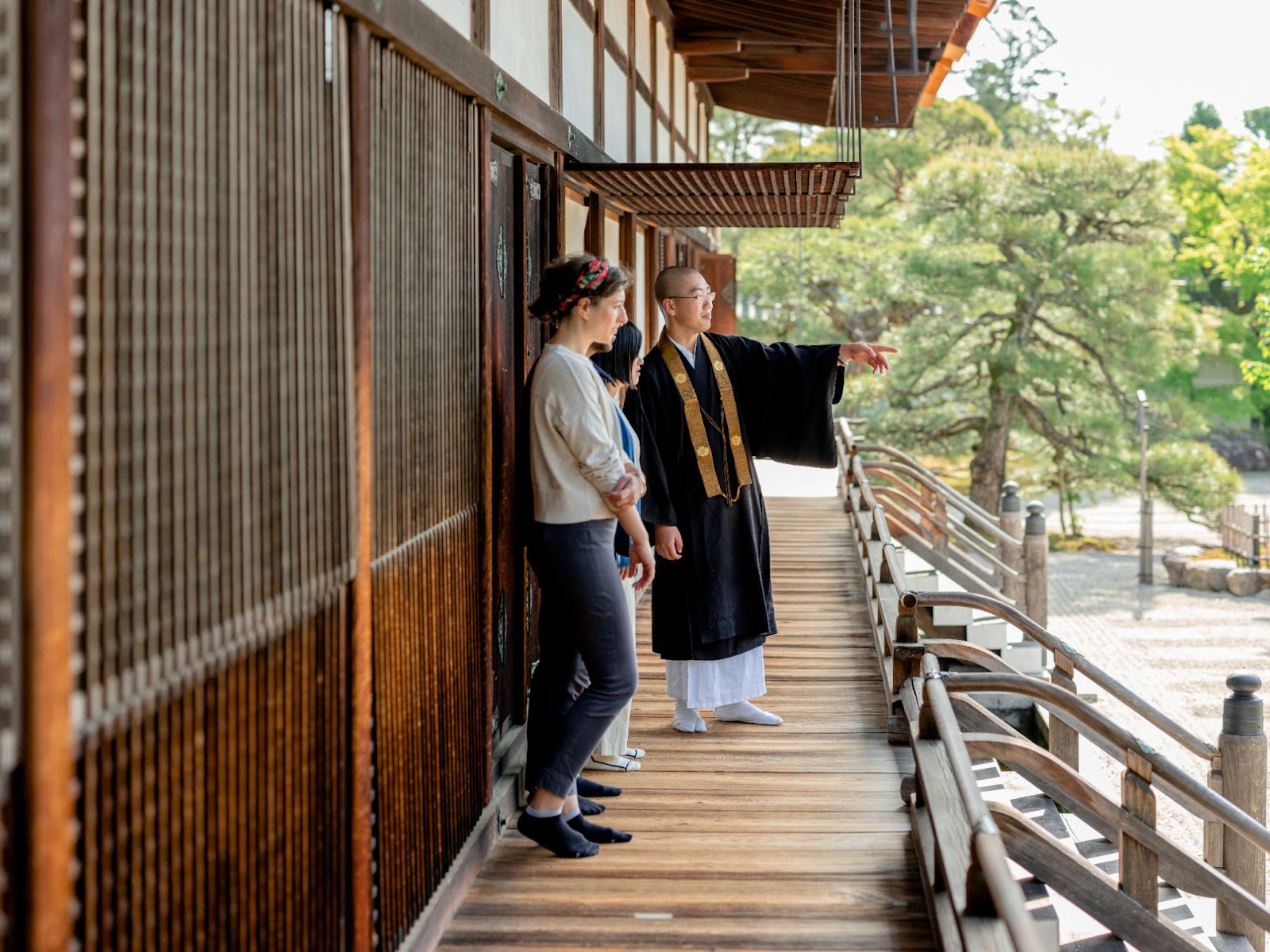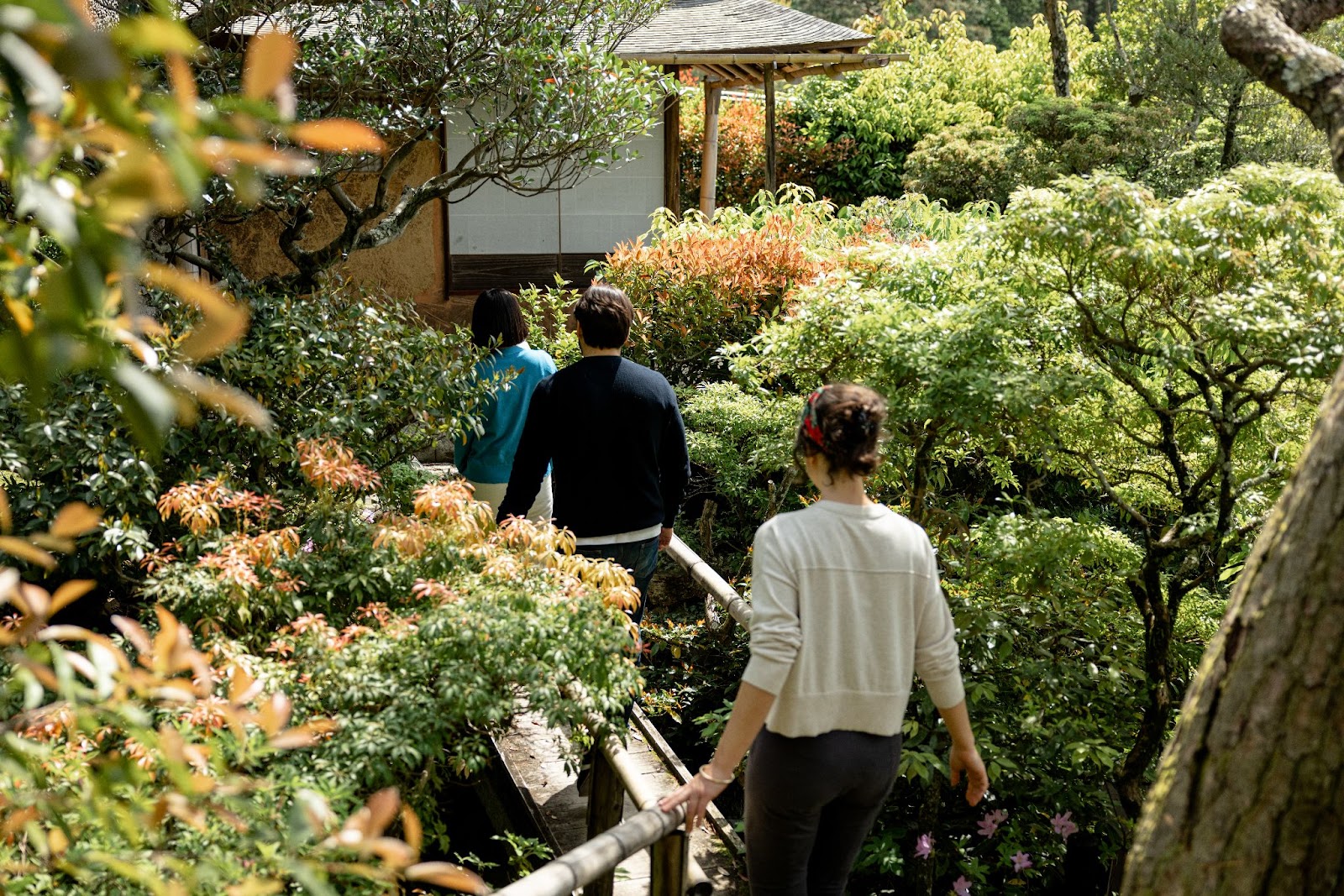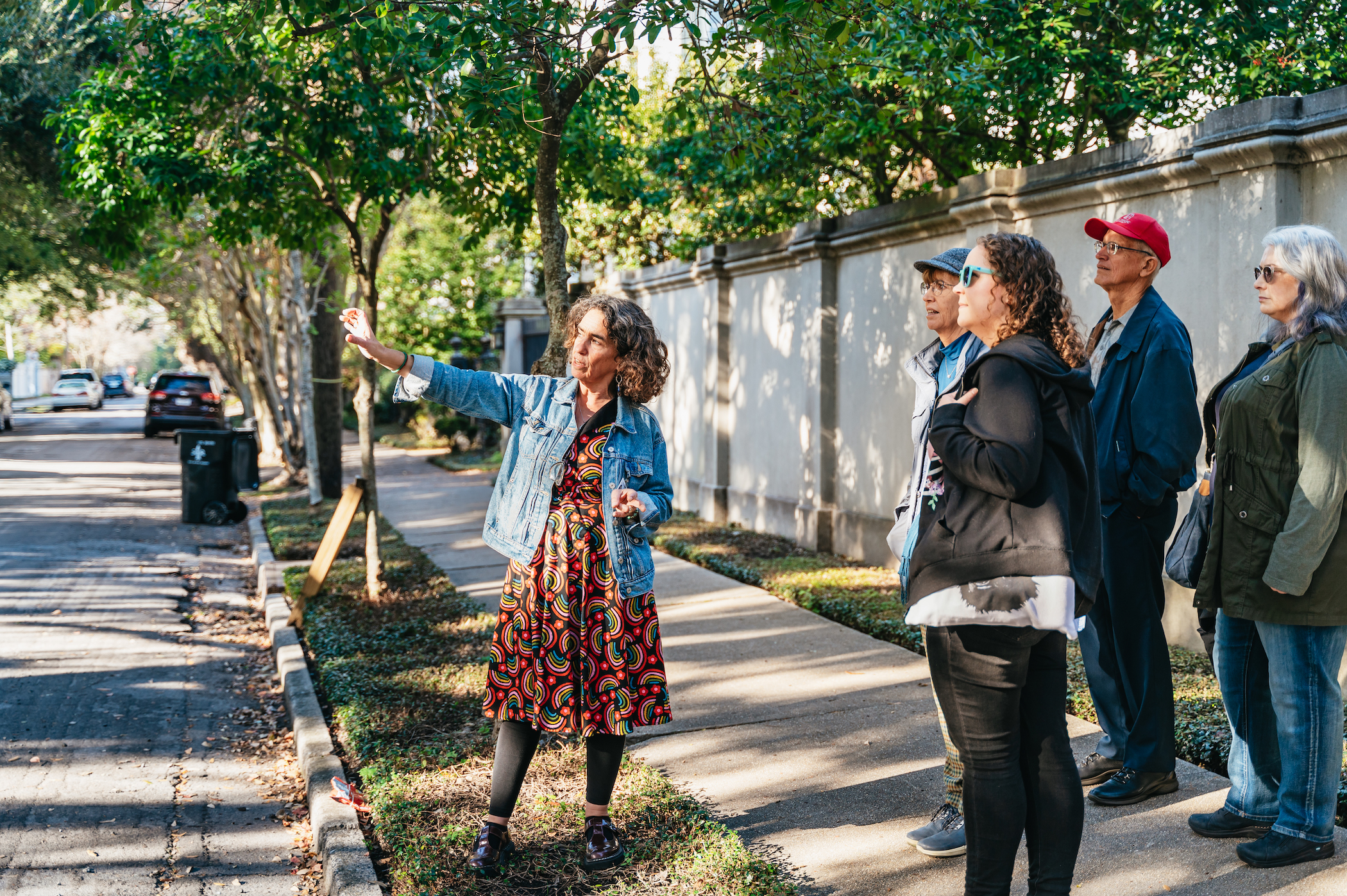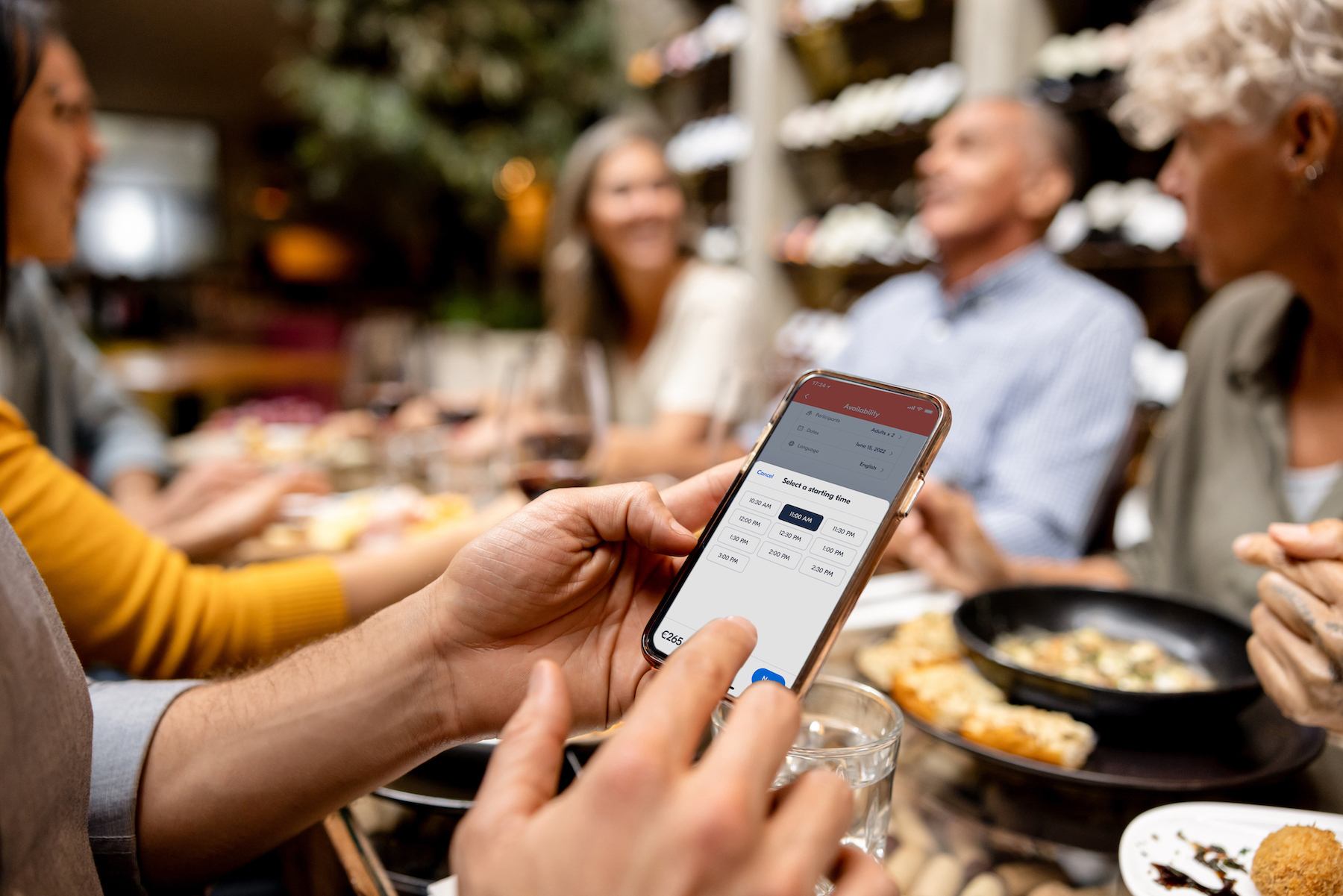What makes a traveler stop scrolling and say, “This looks memorable”?
Today’s travelers–especially the growing segment of “explorers” seeking high-quality, authentic experiences–are looking for more than just another tour. They want something they can’t get anywhere else.
The most successful experiences deliver on that need. They don’t just list stops; they create stories, emotional highs, and lasting memories.
Here are 9 proven ways top experience creators do exactly that–to stand out in crowded markets, drive more bookings, and earn the kinds of reviews that fuel word-of-mouth.
1. Craft an itinerary that tells a story
Transform your experience from a series of stops into a compelling narrative. An itinerary should guide travelers on a meaningful journey, not just show them sights. Tie stops with a clear theme that sparks curiosity and emotional highs, ending with a strong conclusion. This storytelling approach turns tours into immersive experiences that resonate deeply.
For example, NYC: Underground Subway Guided Tour with Local New Yorker transforms ordinary transit into a journey through hidden history, starting with the illegal first subway built under cover of night, exploring forgotten stations and architectural ghosts, and ending with understanding how this underground labyrinth became the city's beating heart.
Why it works: Travelers want authentic stories that connect them to their destination. Experiences with a cohesive theme and emotional flow stick in their minds, inspire glowing reviews, and motivate repeat bookings and referrals.
Recommended read: Hidden Gems to Global Success: Spotlight on Untapped New York
2. Reimagine group size to deepen connections
Smaller groups encourage intimacy and meaningful interactions. Cap your group size strategically or offer private options to create exclusivity and personal attention. Design your pacing and seating arrangements to enhance connection and comfort. Then market this intimacy as a core benefit, not just logistics or an operational detail.
For example, instead of offering a standard 30-person food tour, limit your group to 8 people so everyone can sit together at each stop, have real conversations with the chef, and ask questions without competing for attention. Market it as “intimate culinary conversations” rather than just “small group size.”
Why it works: Customers are willing to pay more for connection and personalization. Smaller groups often generate better reviews, higher satisfaction scores, and increased revenue per participant.
3. Match guides to experience types
Your guide is the most powerful ambassador of your brand. In fact, after analyzing 3.1 million reviews with comments, we have found that guides are the #1 delighter for an experience.
Choosing guides with real expertise, personal ties, or firsthand experience relating to your tour’s theme elevates the value you offer.
Consider the impact: A street art tour led by a local muralist creates entirely different value than one led by a more general guide. The muralist explains technique, shares stories about collaborating with other artists, and points out their own work.
Similarly, a former chef leading a market tour offers insights about ingredient selection and seasonal cooking that standard guides simply can't provide.
These specialized guides build trust and emotional connections by sharing authentic stories, insider knowledge, and passion that larger operators struggle to match.
Why it works: Authentic guides create memorable interactions that make your experience stand out and improve guest loyalty. Customers remember these interactions long after and recommend not just the place but the people who brought it alive.

4. Make transportation part of the experience
Don’t let transportation be an afterthought. Instead, make it part of the magic. Try to replace standard shuttles with vintage cars, bicycles, tuk-tuks, or eco-friendly boats. These choices are memory-makers and Instagram moments in one. Transportation can set the tone for the day and draw interest from travelers looking for something fun and shareable.
Why it works: Memorable rides lead to more social sharing and are often mentioned independently in reviews.
5. Secure exclusive access that others can't offer
Exclusive access turns a regular outing into a must-do experience. Arrange private venues, early entry, or backstage introductions that travelers cannot access independently.
This could mean visiting a museum's restoration workshop, dining in a restaurant's private wine cellar, or meeting the head baker at a famous bakery before opening hours.
Partner with local artisans, chefs, or curators to create stories travelers will want to share and rate highly online. Start small–even 30 minutes of early access to a popular viewpoint can feel incredibly exclusive.
Why it works: Exclusive experiences attract attention, get shared widely, and are prioritized by travel media, positioning you as a premium choice.
6. Answer sellout demand with reliable availability
Monitor your destination for popular experiences that frequently sell out and become a reliable alternative for last-minute bookers. Those waitlisted customers are actively looking for quality alternatives and often book immediately when they find them.
Maintain the same high standards while offering more booking opportunities. This strategy benefits travelers looking for certainty and helps you avoid disappointing your customers.
Why it works: High-availability options can grow your bookings and are often picked up by travel agents, widening your reach.
7. Expand availability when others don’t operate
Availability gaps represent major opportunities to capture unmet demand. Offering experiences early morning, late evening, or on traditionally “closed” days turns downtime into additional income.
Morning walks provide quieter city experiences, while evening or Sunday experiences attract customers with busy daytime schedules. This fills quiet time slots and positions your activity as the preferred choice during specific periods.
Why it works: If you’re the only quality option at a popular time, there’s less pressure on pricing, helping you to capture market share and premium rates.
8. Offer languages that reach underserved travelers
Go beyond English by including languages rarely available in your area. Research your destination's visitor demographics to prioritize which languages will have the greatest impact.
For example, if you're in Barcelona and notice most tours only offer English and Spanish, think about adding French or German guides since these are major visitor groups. Or in Amsterdam, while most tours cover English, Dutch, and German, you could stand out by offering tours in Italian or Portuguese, tapping into underserved Southern European and Brazilian markets that other operators might overlook.
Start with key languages not commonly offered locally and work towards building a bilingual or multilingual guide team to enhance the experience.
Why it works: Multilingual experiences build trust and rapport, improve recommendations in untapped markets, and help travelers ask more detailed questions. Travelers searching in their native language tend to book faster and leave more positive reviews.
9. Make what frustrates guests your strongest feature
Study (and reply to) negative reviews about group size, rushed pace, inaudible guides and reshape your activity to address these issues. Promote your solutions actively: “Intimate groups of 8,” or “slower, immersive pace with time to truly absolve each location”.
If reviews complain about rushed museum visits, emphasize "We spend 45 minutes in each gallery, not 15, ensuring you can truly appreciate the art." This not only meets unspoken needs but also positions you as guest-focused and adaptable.
Why it works: When travelers choose between two similar experiences, the one that demonstrates superior quality and care has a higher chance to convert lookers into bookers.

Key questions to shape your new experience
Before you design or enhance your activity, reflect on these guiding questions. They’ll help you focus on what matters in the creation process:
✅ What can I offer that others genuinely cannot?
✅ What traveler needs are currently unmet in my destination?
✅ What unique access, expertise, or connections do I have?
✅ How can I serve specific traveler segments better than generic options?
Use these insights as your foundation while planning your experience. The goal is delivering something unforgettable and meaningful that fills real gaps in your market.
Your next step
Ready to transform your experience? Pick one strategy you can act on this week. Whether it’s refining your storytelling, securing exclusive access, or addressing common pain points, even small shifts can set you apart and grow your bookings.
Remember: travelers don’t just want to see destinations; they want to connect with them. Use your unique perspective, skills, and local connections to create experiences that travelers will remember, recommend, and choose repeatedly. That's how you build a sustainable, profitable business in today's experience economy.
Create your activity
Get started.
Connect with travelers looking for exactly the kind of experience you offer by signing up today.







